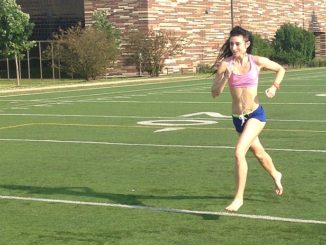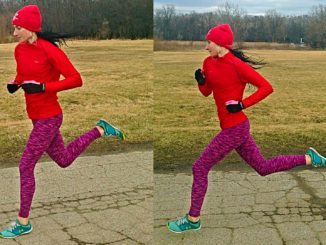
Are Minimalist Shoes Good for Your Feet? YES!
Because of their full flexibility and wide fit, minimalist shoes were found to prevent the degeneration of soft tissues and muscles in the feet and in the ankle and calves. Also, minimalist shoes were found to make the foot’s arch better at storing energy-saving elastic power, which in turn, can reduce muscle costs by 17% as compared with traditional running shoes.




